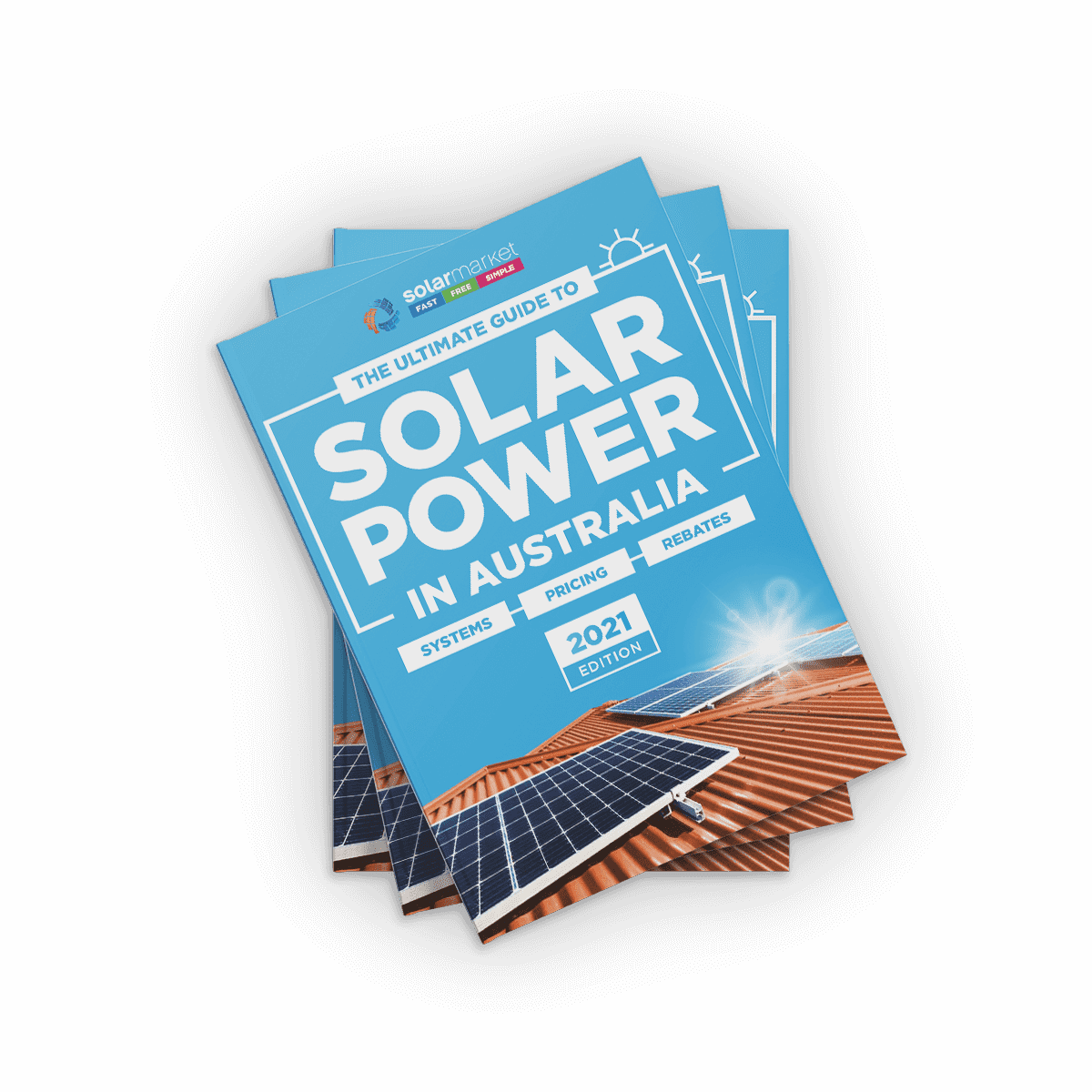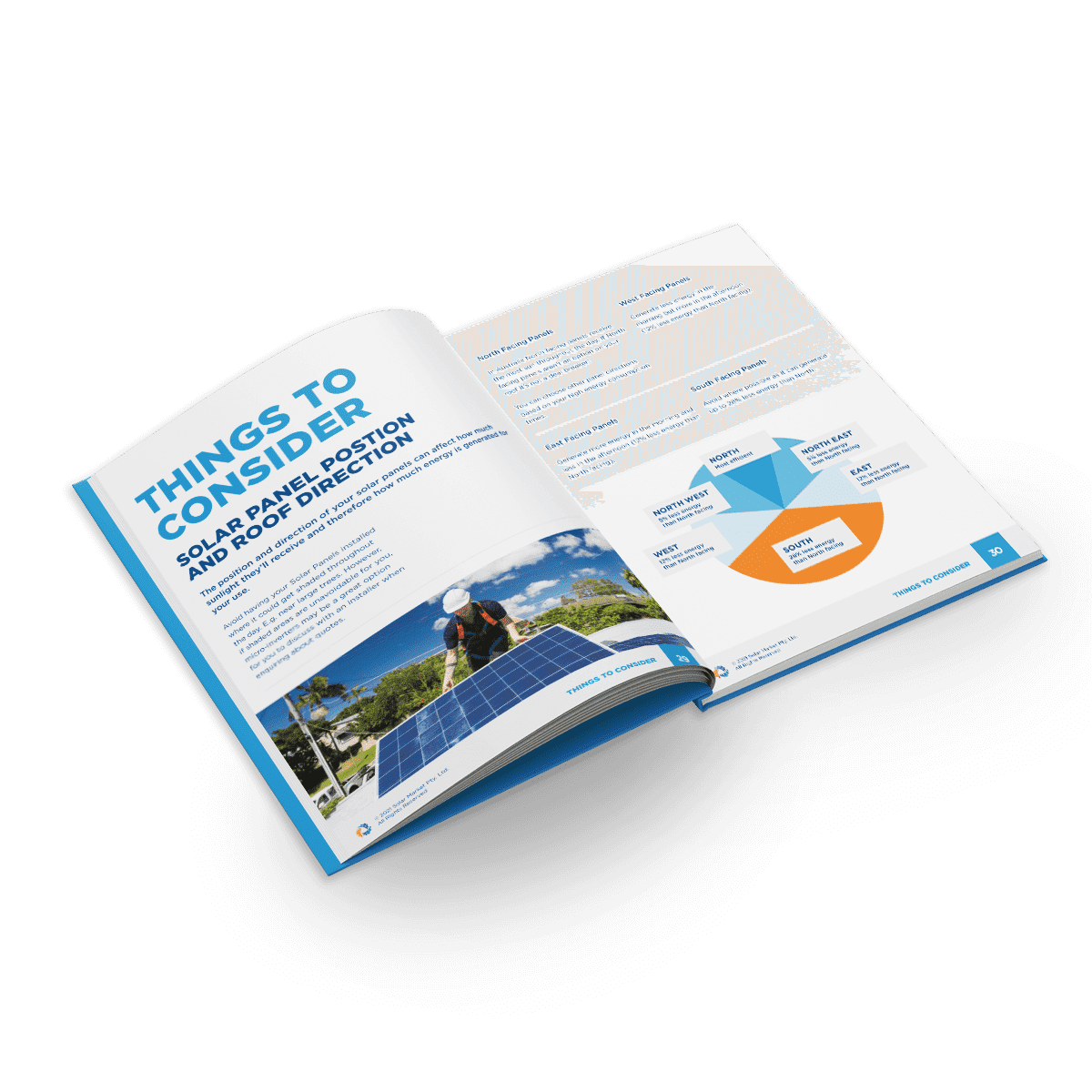I’ll say it right now, there has never been a smarter time for businesses to go solar.
For those familiar with the government incentives to install solar of 5 years ago, this probably seems like a ridiculous statement.
Back then, surplus electricity produced by solar panels could be sold back to the grid at a rate of 60c/unit, as much as twice the retail rate in some areas.
Not surprisingly, this meant that any business with the funds to spare was installing as many solar panels as could physically be crammed onto a roof.
Unfortunately, for most business owners, the upfront cost was too restrictive to take advantage.
Nowadays, with the feed-in tariff less than a third of the retail electricity rate, installing solar for the sole-purpose of exporting electricity makes little sense.
However…
There are two things different between now and then which have made solar as smart an investment decision as ever before for businesses. Some businesses.
- Reason 1: The cost to install solar has plummetedWhile the cost to install solar in the days of the high feed-in tariff made it quite restrictive, huge gains in production efficiencies and an increasingly competitive market has forced the cost of installation down as much as 80% in only 5 years. With the up-front financial burden slashed, the amount of time a system takes to pay for itself has never been shorter.
- Reason 2: The ballooning cost of electricity.In just 8 years, the cost of electricity has doubled. Any electricity produced by a solar system which you use, is electricity which you don’t need to buy from the grid. With prices continuing to spiral out of control, the value of a solar system for businesses with one is only increasing.
Solar is not perfect for every business…
There are two boxes that you want to tick off which will determine if your business is perfect for solar, or if you’re better off looking at other options for reducing your electricity use.
Number 1, and the most important factor, is your load profile.
If you’ve never heard that term before, don’t worry. It simply refers to how your electricity use changes during the day.
As an example, here a few typical load profiles of businesses in different industries.

In the retail business example, as you might expect, electricity use is concentrated during daylight hours, while the shop is open  a perfect match for solar PV.
In the accommodation example, we see a stronger bias toward the evening caused by guests using their rooms and other on-site amenities being used more often during the evening.

An example like this is probably going to see a better financial return from energy efficiency measures such as insulation upgrades and energy efficient appliances, as opposed to solar.
Now, have a think about your own business.
Is your electricity use concentrated around the daytime, or night?
With battery technology still a little ways away from being financially viable for most, the businesses which win big with solar are those that can use the bulk of the electricity during the day when the solar power system is still producing.
Take a look at what happens to that load profile when we add in a solar power system.
That huge mountain of electricity usage during the day becomes a cavernous crater of surplus electricity which can be exported back to the grid for a profit.
Number 2 refers to the property itself.
Installing a solar system is a long-term investment, and given it involves making changes to the building itself, obtaining landlord approval can be a major hurdle for many.
Because of this, business owners who own their own property are much better candidates.
So how much does a commercial system actually cost?
Sorry to disappoint, but this is actually not an easy question to give a definitive answer to. The cost of installation is influenced by a number of factors which can have a huge effect on the cost. These are not limited to:
- The type and number of solar panels
- Framing and other system components required
- Accessibility of roof
- Whether the roof is tiled or metal
- And, too many more to list
This is the reason why Solar Market started our quote service, to help those interested in getting solar find accredited installers in their area and get free quotes.
To give you a ball-park figure to think about though… A quality 5kW system, which would suit the needs of a lot of small-businesses, can be bought for around $8k. Bigger installs, like a 30kW system for example, would probably start at $60k.
Now wait, that’s a lot of money…
Yes, It is.
However, there are two things to consider about this before you abandon the idea.
- Solar is an investment first and foremost, and any investment as large as this needs to be considered against the financial return.For businesses with a perfect profile match for solar, solar systems can pay for themselves in electricity savings and feed-in tariff returns in under 5 years. From then on for the life of the system, (usually over 20 years if you get a good product), you’re looking at sweet profit.
- More and more solar companies are offering finance and leasing options to help commercial clients overcome the up-front financial cost of solar.
In either case, the first step is approach the Solar Market for quotes.
At Solar Market, we operate the largest network of solar installers across Australia. Since 2010, over 100,000 solar shoppers have used our service to find local installers and arrange quotes.
Try our service yourself today, simply enter your details in the form below. We’ll find three solar installers in your local area to quote you. They will analyse your business’ situation, including your load profile, viability for solar and crunch the numbers on expected returns on investment.
If you’re interested, they can also explore finance and leasing options with you.
There’s no obligation to purchase from any of our suppliers and it’s a free service to use.











